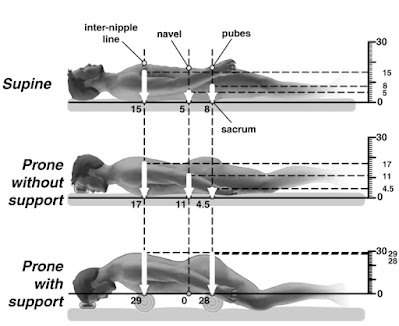কুকুৰা মাংসৰ দুটা সুস্বাদু ৰেচিপি
মূৰ্গী অৰ্থাৎ কুকুৰাৰ মাংস আমাৰ গৰিষ্ঠ সংখ্যক মানুহৰে প্ৰিয় ৷ ঠাইভেদে কুকুৰা মাংস ৰন্ধনৰ কিমানযে পদ্ধতি আছে হিচাপ নাই ! আজি আপোনালোকলৈ লৈ আহিছো কুকুৰা মাংসৰ দুবিধ সুস্বাদু ৰেচিপি ! আহকচোন ব্লগটো পঢ়ি চাওঁ .. ১৷ চিকেন চালামী: আপোনাক লাগিব: ব্ৰইলাৰ মূৰ্গীৰ হাড় নথকা অংশ: ৫০০ গ্ৰাম পিঁয়াজ: ১ টা নহৰু: ১৫-২০ টুকুৰা আদা: এক আঙুলি মান দীঘল জলকীয়া: ৩-৪ টা ৰিফাইন তেল: ডাঙৰ ১ চামুচ নিমখ: আন্দাজমতে জিৰা, জলকীয়া গুৰি, জালুক গুৰি: আধা চামুচকৈ ইউ টিউবত চাবলৈ ইয়াত টিপক পদ্ধতি: মাংসখিনি ভালদৰে ধুই সৰু সৰুকৈ কাটি এটা মিক্সাৰ গ্ৰাইণ্ডাৰত পিঁয়াজ, নহৰু, জলকীয়া আৰু আদাৰ সৈতে খুন্দি ল'লো ৷ মচলা আৰু নিমখ ভালকৈ সান খাবলৈ মিক্সাৰতে দি অলপমান মেচিনটো চলাই ল'লো ৷ মাংসৰ কিমাখিনি নৰম হ'বলৈ তাত ডাঙৰ চামুচেৰে ১ চামুচ ৰিফাইন তেল যোগ কৰি দিলো ৷ মাংসখিনি উলিয়াই লৈ অলপ সময় আটা মৰাৰ দৰে মাৰি ল'লো ৷ এতিয়া এখন এলুমিনিয়াম ফইল পেপাৰত মাংসখিনি ঢালি ভিডিঅ'টিত দেখুওৱাৰ দৰে ৰ'ল বনাই ল'লো ৷ ফইলৰ দুয়োটা কাষ পকাই পকাই টান কৰি দিলো ৷ এতিয়া এখন কেৰাহীত গৰম পানী দি তাতে মাংসৰ ৰ'লকেইটা প্ৰায় ৩০ মিনিটৰ...




